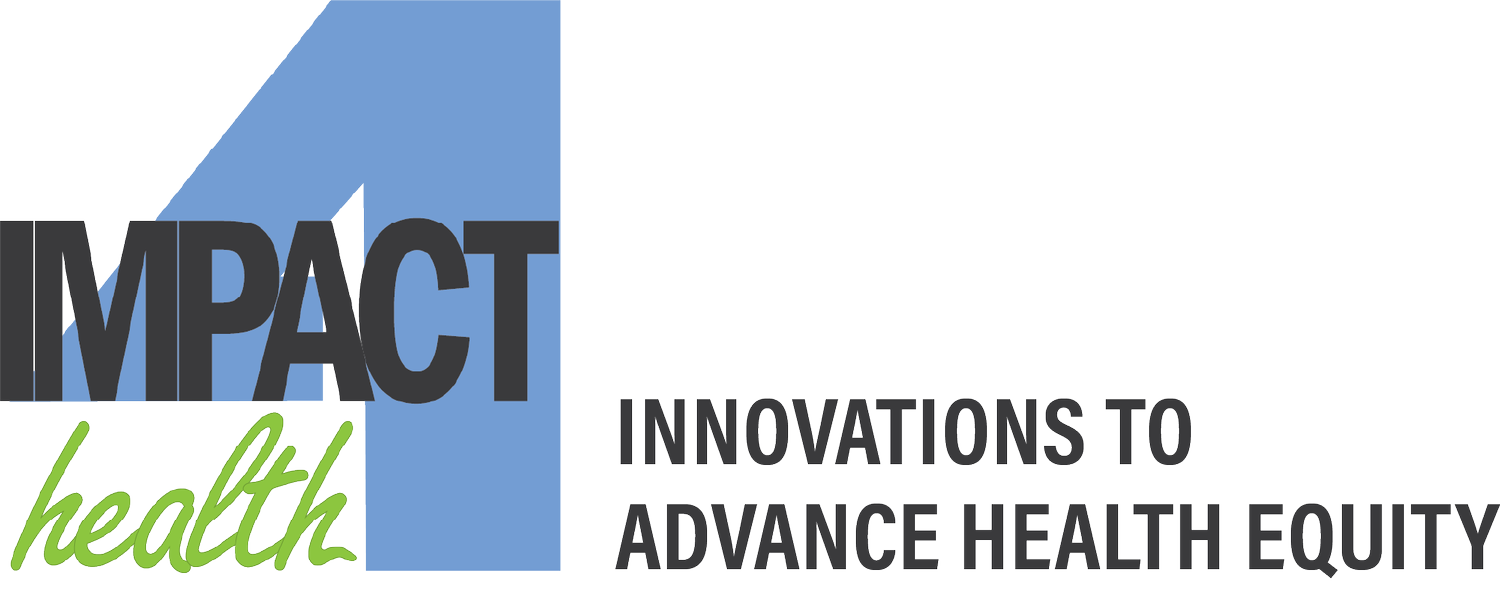Early Warning Signs of a Health Disparity
Maybe stories are data with soul
– Brené Brown, PhD
One of the personal stories I often share when I present to hospital leaders and staff is the moment my dad was about to be wheeled into surgery for his first battle with cancer. My brothers, my mom and I were around him wishing him well and as would be natural for our family we were all conversing in Spanish. My father motioned to us to stop and said, “Stop speaking Spanish. They are going to think I’m stupid and the doctors won’t treat me right.”
Amid all the anxiety of what he was facing at that moment in his life, it stunned me that he would think the simple act of speaking something other than English would mean he would not receive the right care. My brothers and I dismissed his fears reminding him that each of us would trade off staying with him during the days ahead of recovery. All three of us—a physician, a psychologist, and state program administrator became his healthcare advocates. His recovery went fine and that surgery gave him another 8 years of life.
During those days I reflected on how many other people in similar circumstances might find the same fears my dad voiced far more consequential—especially for those without the benefit of informed advocates. I also came to recognize that this moment was an example of an early warning sign for a health disparity. We did for my Dad what would have been difficult for him to do alone. We advocated for his pain medication. We asked for physical therapy. We asked for more tests. We navigated a system of care and an illness that takes enormous effort.
Despite access to health insurance, Latinos, Asians and African Americans remain at risk for poor health outcomes when they seek care for anything ranging from diabetes to child birth. At the heart of these challenges is an enormously complex set of factors—access to primary care providers with cultural competence is just the beginning. Much can be done to address the challenge by creating a stronger culture of inclusion throughout a hospital---among both the clinical and administrative staff. That philosophical shift can allow staff to see every encounter through the lens of diverse patients. While healthcare often strives to treat all patients the same—a commitment to standards of care—it is not a one size fits all endeavor. Cultural competence, inclusion and stronger ties to community networks can set the stage for engaging diverse patients with greater responsiveness to the different social determinants of health, different beliefs and values that impact health. Now more than ever—as healthcare reform and disruption are constant--every hospital’s equity playbook must increase its sensitivity to the root causes of health disparities that continue to shape lives each day.
